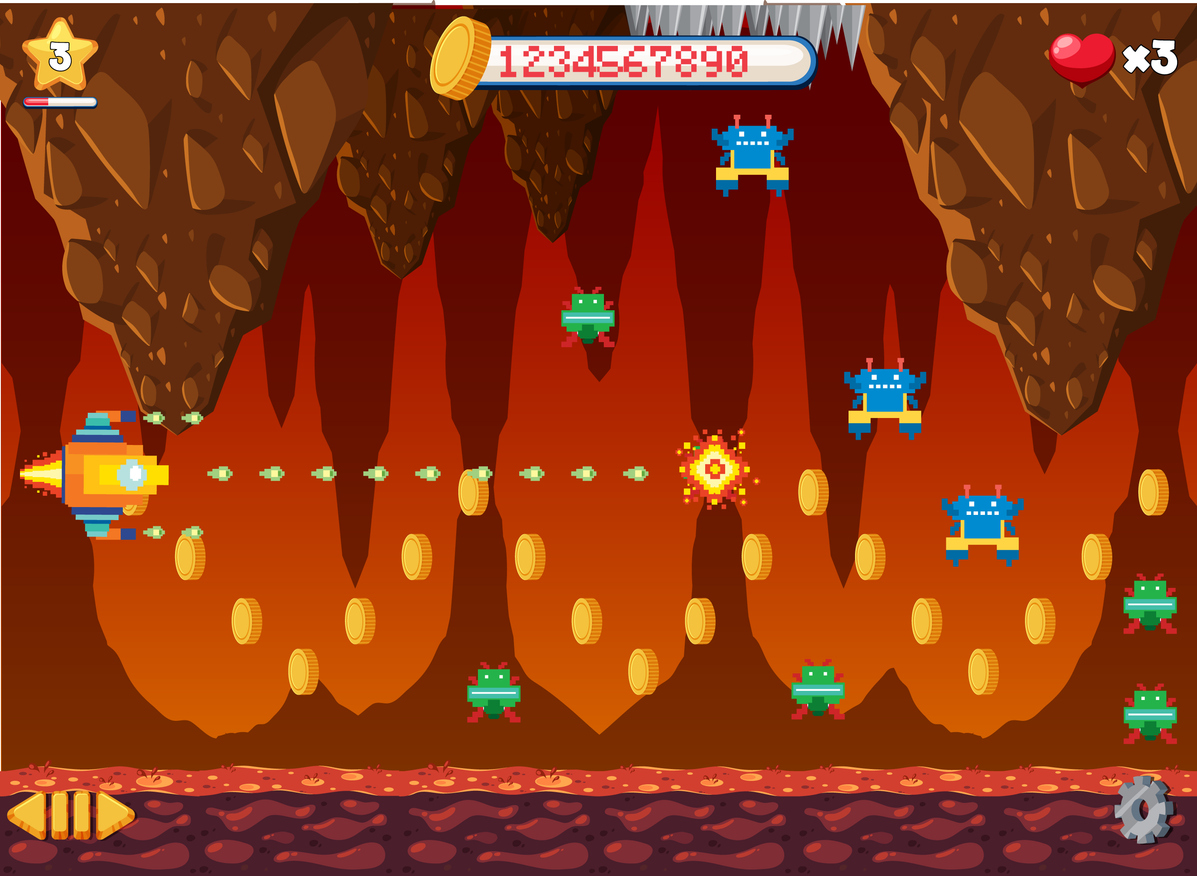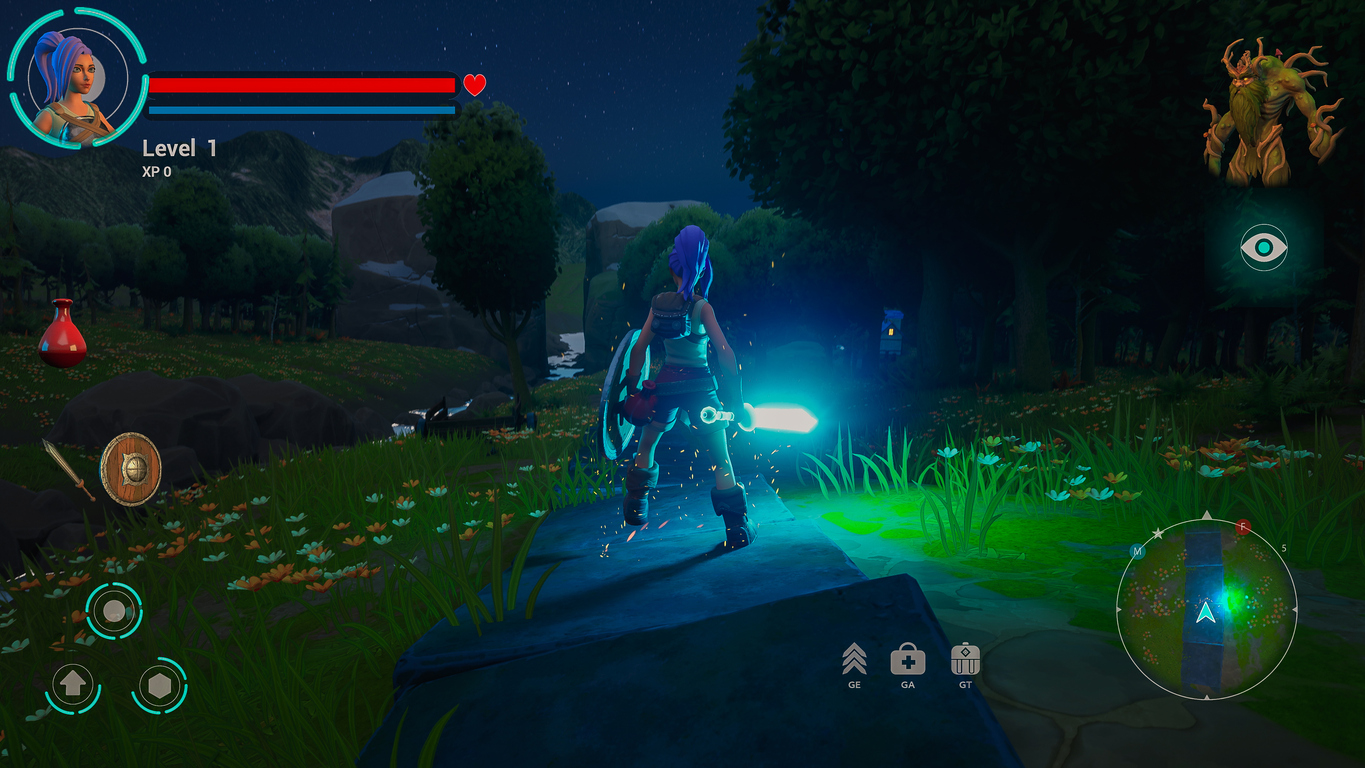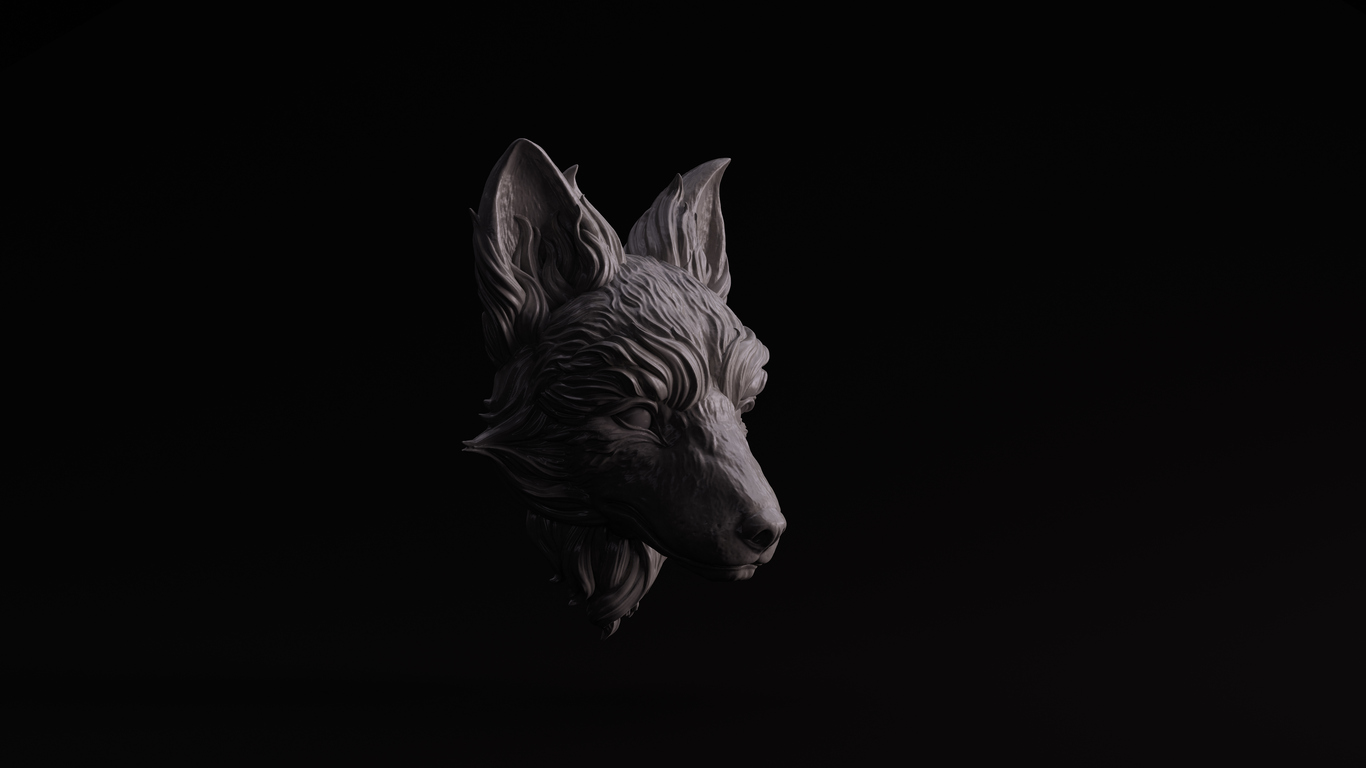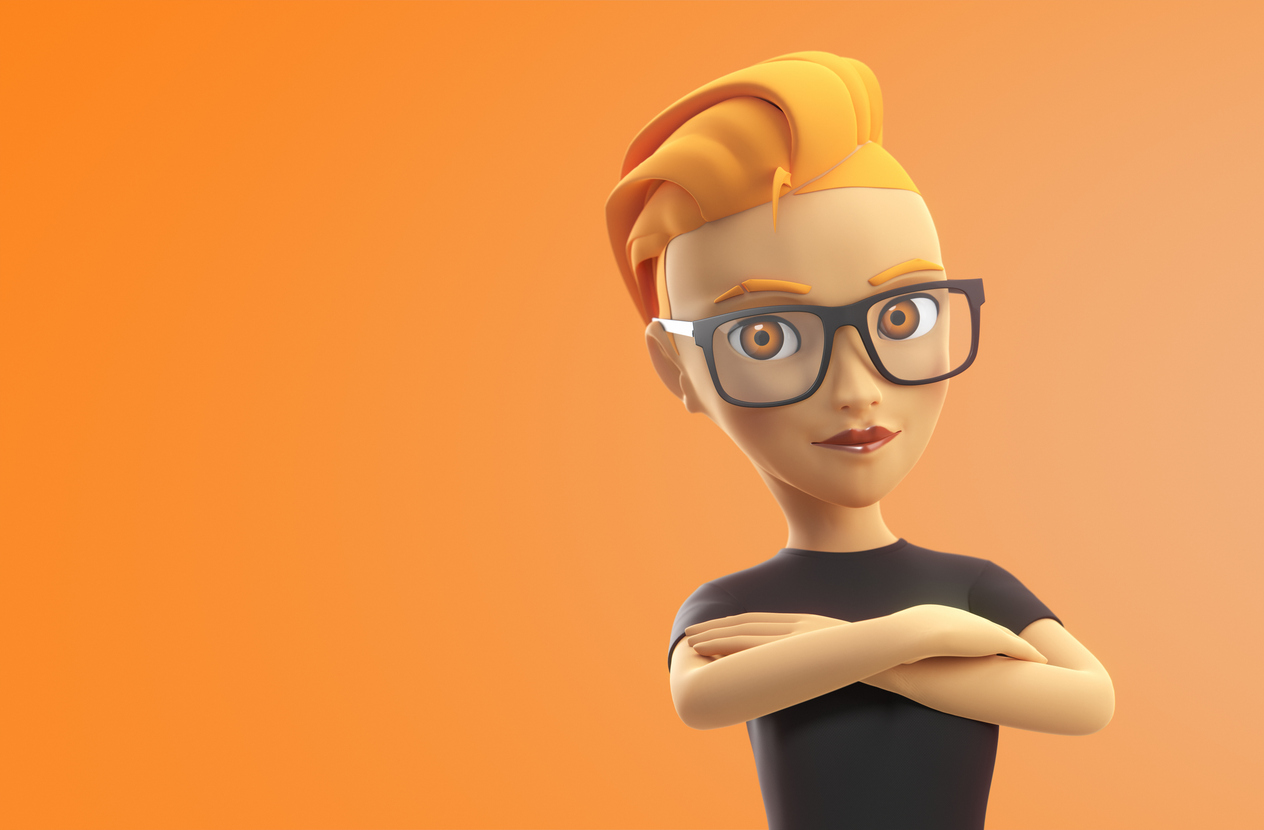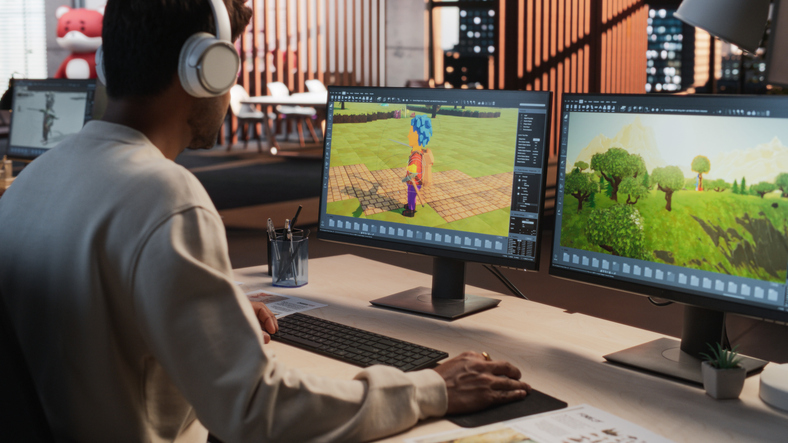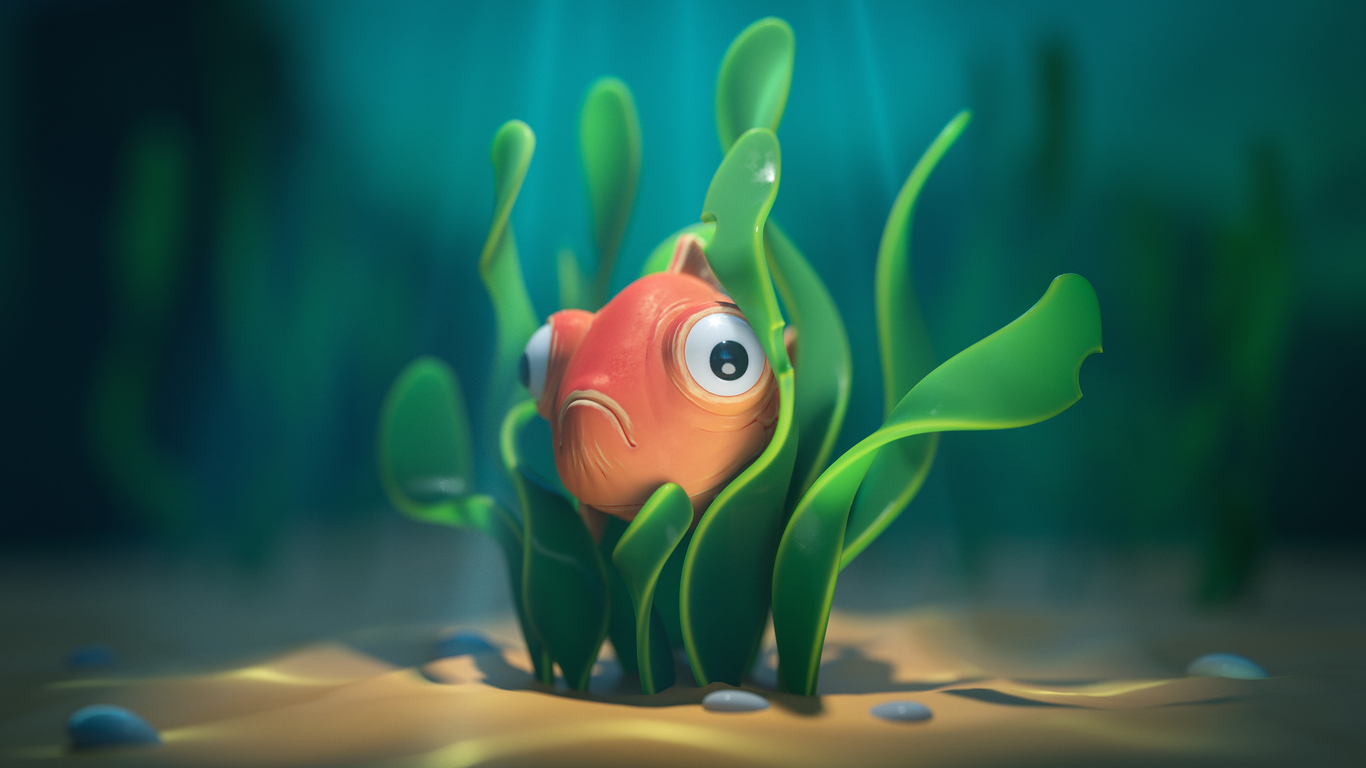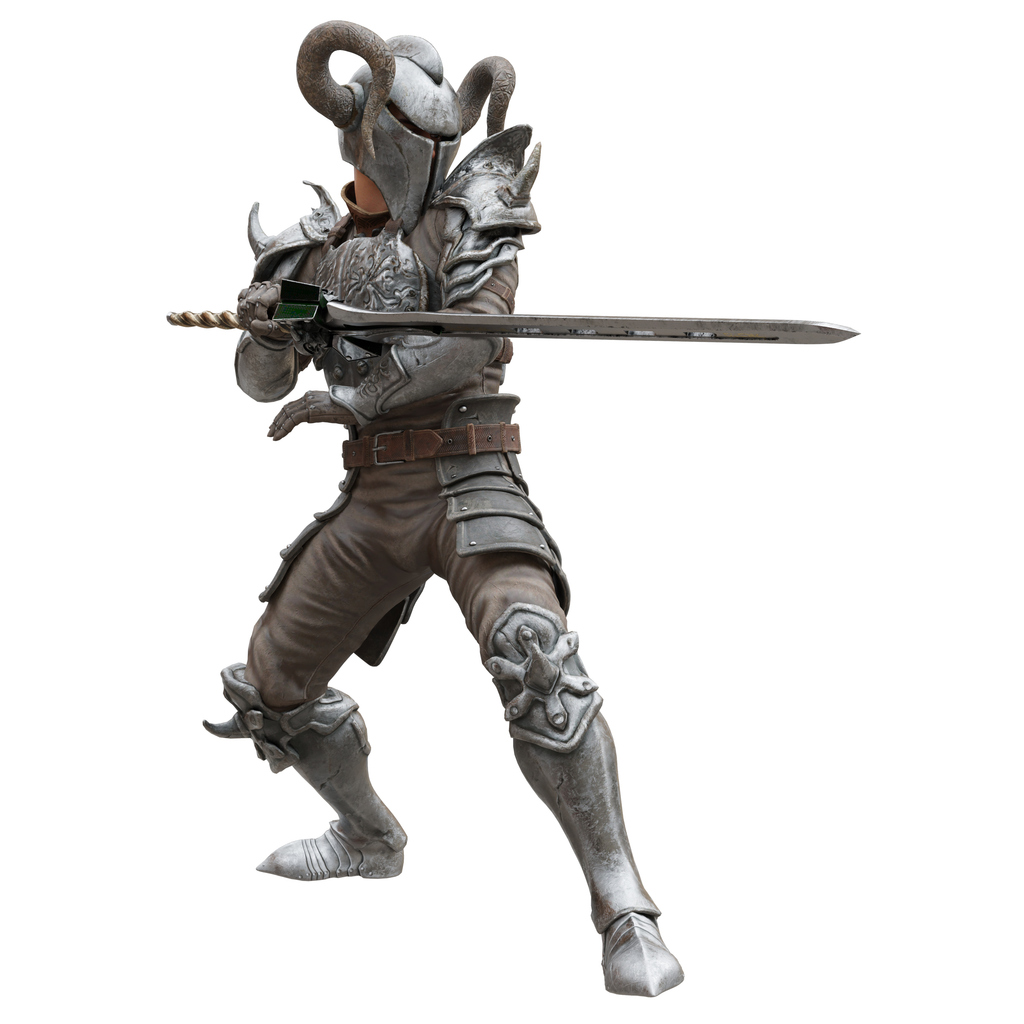The Canadian video game industry is thriving. As one of the world’s leading markets for game development, Canada has become a hotspot for aspiring creators who dream of shaping the digital landscapes of tomorrow. Whether you're a lifelong gamer, a creative visionary, or a tech-savvy innovator, this exciting and multifaceted field might be your calling. If you're wondering how to become a Game Designer in Canada, this comprehensive guide will walk you through everything you need to know from understanding what game design truly means to exploring the education that can launch your career.
What is Game Design?
Game design is the art and science of crafting interactive digital experiences that entertain, challenge, and captivate players. It encompasses the creation of storylines, characters, rules, gameplay mechanics, user interfaces, and immersive worlds. Game design isn’t just about writing a plot or drawing characters; it’s about orchestrating an engaging, cohesive experience that keeps players invested. Unlike game development, which focuses on coding and software engineering, game design is rooted in ideation and user experience. Designers conceptualize the overall flow of the game, determine player objectives, structure levels, and often work together with programmers and artists to bring their vision to life. From epic fantasy adventures and sci-fi thrillers to educational games and mobile puzzlers, game design covers a wide array of genres and platforms. As gaming becomes more complex and inclusive, the role of the game designer becomes even more vital in creating diverse and compelling content.
Skills You Need to Become a Game Designer
Becoming a game designer requires a unique blend of artistic, technical, and interpersonal skills. Below are some of the core competencies that will set you apart in this industry:
1. Creativity and Imagination
Designers are storytellers. You'll need to imagine characters, worlds, and scenarios that are original, engaging, and immersive.
2. Technical Knowledge
Familiarity with game engines like Unity or Unreal Engine, as well as a basic understanding of programming languages like C# or C++, can help bridge the gap between concept and execution.
3. Communication Skills
Since game development is a collaborative process, designers must clearly articulate their vision and work cohesively with artists, developers, writers, and producers.
4. Problem-Solving
Whether it's fixing a gameplay imbalance or refining a storyline, designers must think critically and iterate often.
5. User Experience (UX) Awareness
Understanding how players interact with your game is key. This includes designing intuitive interfaces, balanced mechanics, and enjoyable levels.
6. Passion for Games
A deep appreciation for video games helps you analyze what works and what doesn’t in existing titles, inspiring better designs.
7. Time Management
Meeting deadlines and coordinating with multiple departments requires strong organizational skills and the ability to prioritize effectively.
How to Become a Game Designer in Canada
Breaking into game design in Canada involves a combination of education, practical experience, and personal development. Here's a step-by-step approach to set you on the right path:
Step 1: Complete Your High School Education
Start by obtaining a high school diploma. Take electives in art, computer science, and mathematics if available, to build a foundation for further studies.
Step 2: Enroll in a Post-Secondary Program
Pursuing formal education is one of the most effective ways to gain the skills needed in game design. Colleges like the Visual College of Art and Design (VCAD) offer specialized Game Design & Development program that combine artistic training with technical expertise.
Step 3: Build Your Skills and Portfolio
While studying, work on hands-on projects that allow you to experiment with character design, level building, and animation. A compelling portfolio showcasing your skills is critical for landing internships and job interviews.
Step 4: Gain Industry Experience
Internships or co-op placements are invaluable for real-world exposure. You’ll not only gain experience but also make professional connections that could lead to future opportunities.
Step 5: Apply for Entry-Level Roles
Look for junior or assistant game designer roles, or positions like QA tester, 3D modeler, or level designer. These roles offer steppingstones into full-fledged design positions.
Step 6: Continue Learning and Growing
The game industry is evolving rapidly. Keep honing your craft through online courses, game jams, networking events, and by playing and analyzing games.
What Does a Game Designer Do?
Game designers are involved in almost every phase of a game's creation. While job descriptions may vary based on company size and project scope, typical game designer responsibilities include:
-
Developing game concepts and storyboards: Creating the initial blueprints of the game, including plotlines, settings, and characters that shape the player's journey.
Designers may also specialize in specific areas such as:
-
Narrative Design: Creating dialogue, branching storylines, lore, and cutscenes that enrich the storytelling aspect of the game.
Game designers may be generalists in smaller studios, performing multiple roles, or specialists in larger companies, focusing on one particular aspect. In either case, the designer’s job is to ensure the final product delivers a cohesive, enjoyable, and innovative experience.
How VCAD’s Game Development and Design Diploma Can Launch Your Career
One of the most effective ways to become a game designer in Canada is to enrol in a program tailored specifically to the industry’s needs. The Game Development and Design Diploma at VCAD (Visual College of Art and Design) offers a comprehensive, hands-on learning experience that empowers students to thrive in the competitive game design market.
Why Choose VCAD?
1. Online Learning Flexibility
The program is available online, allowing students across Canada to access high-quality education from the comfort of home.
2. Mentorship from Industry Experts
Learn directly from seasoned professionals who bring real-world experience and insider knowledge into the classroom.
3. Hands-On Projects
Students engage in practical, portfolio-building assignments that simulate real-world game design scenarios.
4. Cutting-Edge Curriculum
Covering everything from game theory and storyboarding to animation, character design, environmental modeling, and level design, the curriculum is designed to equip students with industry-relevant skills.
5. Professional Portfolio Development
By the end of the program, students graduate with a polished portfolio showcasing their creative and technical abilities, essential for attracting potential employers.
6. Accredited and Recognized
The program is certified by the Private Training Institutions Regulatory Unit (PTIRU) of British Columbia, ensuring high educational standards and credibility.
Career Opportunities After Graduation
Graduates of VCAD’s Game Development and Design program are well-positioned to pursue a range of roles, such as:
- Game Designer
- 3D Artist
- Level Designer
- Character Designer
- Game Animator
- User Interface Designer
- Game Tester
- Technical Artist
Employment opportunities exist across multiple sectors including:
- Game Development Studios
- Animation Studios
- Special Effects Companies
- Software Publishers
- Industrial Design Firms
With the right skills and portfolio, your dream of working at top studios like Ubisoft, EA, or Blizzard Entertainment could become a reality.
Final Thoughts
The path to becoming a game designer in Canada is both thrilling and rewarding. It combines the joy of storytelling with the challenge of problem-solving, all within a dynamic and growing industry. Whether you're crafting mysterious fantasy worlds or adrenaline-pumping combat games, your role as a designer is central to the gaming experience. By choosing a program like VCAD’s Game Development and Design Diploma, you’ll gain the knowledge, skills, and practical experience to turn your passion into a profession. If you're ready to take the next step and become a game designer, there's never been a better time to start your journey.
